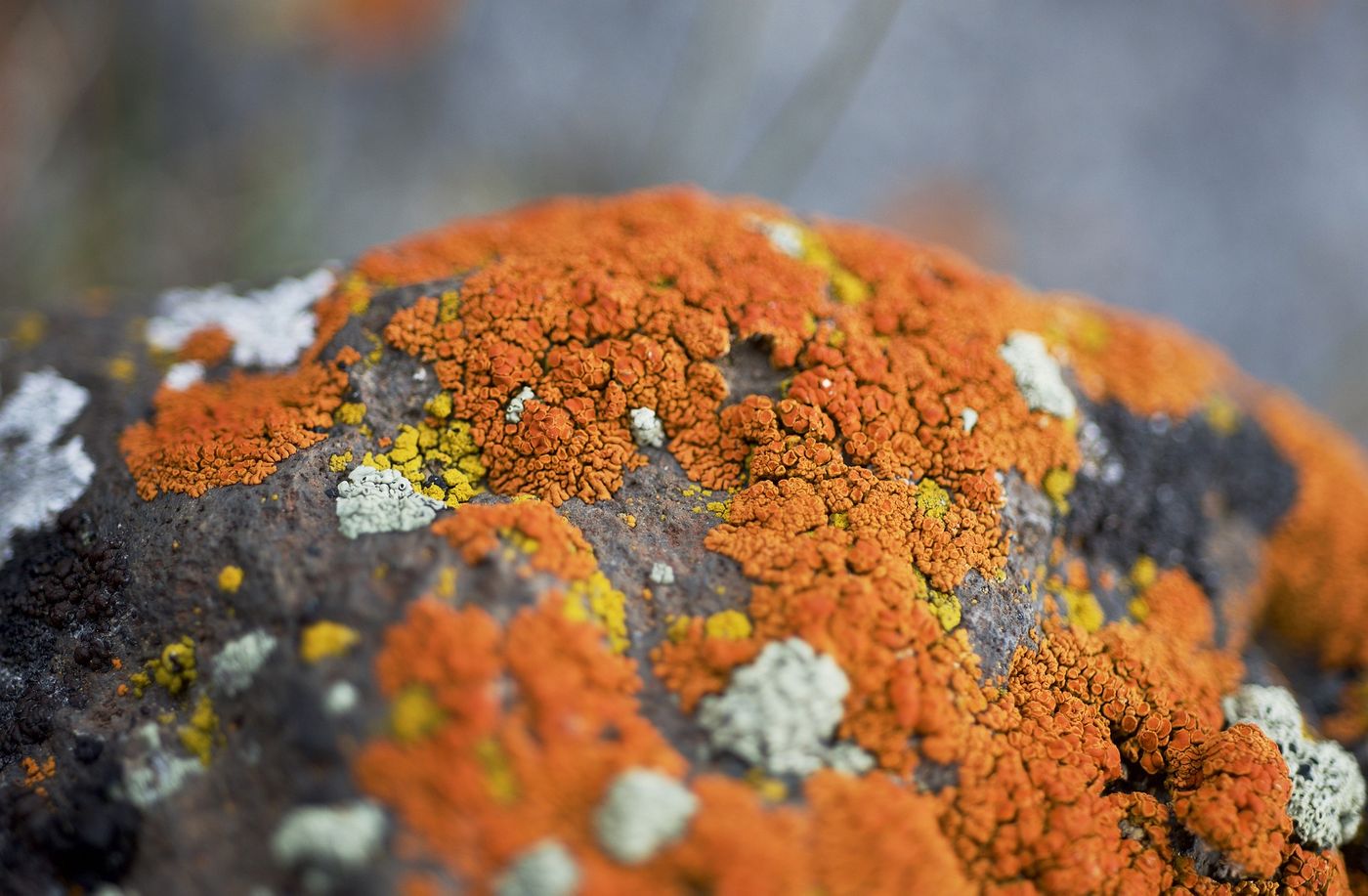A Fungus Among Cancers
The cancer microbiome, the collection of microorganisms, including bacteria, viruses, and fungi, that live in or around a tumor, has become a major focus of cancer research. Many recent studies demonstrate that microbes play an important role in cancer and the development of new cancer therapies. Our evolving understanding of microbes' role in cancer led to the inclusion of “Polymorphic Microbiomes” in Douglass Hanahan’s Hallmarks of Cancer: New Dimensions (updated in January 2022).
While our understanding of the role of bacteria and viruses in the cancer microbiome is still evolving, doctors and scientists understand considerably less about the associations between fungi and cancer. However, two papers published last month in Cell indicate that fungi are indeed present in tumors.
Fungi include a wide variety of eukaryotic organisms characterized by their ability to take in nutrients from their environment. As heterotrophic organisms, fungi absorb nutrients, and this process is facilitated by growing in, around, or through the object providing the nutrients, known as the substrate. Fungi contain many hyphae , filaments that branch into the nutrient-rich substrate. Common substrates that can provide nutrients to fungi include objects like wood, soil, or even flesh. The hyphae create complex networks that secrete digestive enzymes into the substrate, facilitating nutrient absorption. While most fungi feed on dead or decaying material, some parasitic species, which feed on living organisms without killing them, exist.
The first report (Narunsky-Haziza et al) shows detectable fungi in 35 types of cancer, including lung, breast, pancreatic, and ovarian cancers. The researchers examined over 17,000 tissue and blood samples, and although samples from all cancer types examined contained fungi, some of the individual tumor samples tested negative for fungi. The study uncovered associations between specific fungi and age, tumor subtype, and smoking status. Notably, the intertumoral fungi identified in the study predicted clinical outcomes and response to immune checkpoint inhibitor therapy suggesting potential development into a biomarker or therapeutic target.
The second manuscript (Hohlman et al) identified fungi in head-neck, lung, rectum, colon, stomach, breast, esophageal, and brain cancer samples. Specifically, researchers found fungus from the species Candida enriched in gastrointestinal cancers, and the presence of this fungi predicted poor survival. These findings also suggest that the presence of fungi in cancer could be used as a biomarker to predict prognosis or inform treatment planning.
While these studies demonstrate the presence of fungi in cancer, many questions remain unanswered. Further research to evaluate the role of fungi in cancer development and progression will inform the biomedical community on how to best use this new information on fungi in cancer. A better understanding of how cancer-dwelling fungi can predict prognosis or treatment response rates will significantly enhance our ability to treat and cure cancer patients. Finally, the relationship between cancer and fungi, particularly regarding how fungi may use tumors to absorb nutrients, could provide important clues on developing new treatments which deplete resources required for tumor growth and survival.
Sources: Science (Sepich-Poore), Cancer Res, Cancer Disc, Science (Nejman), Nat Gen, Cell (Narunsky-Haziza), Cell (Dohlman)









